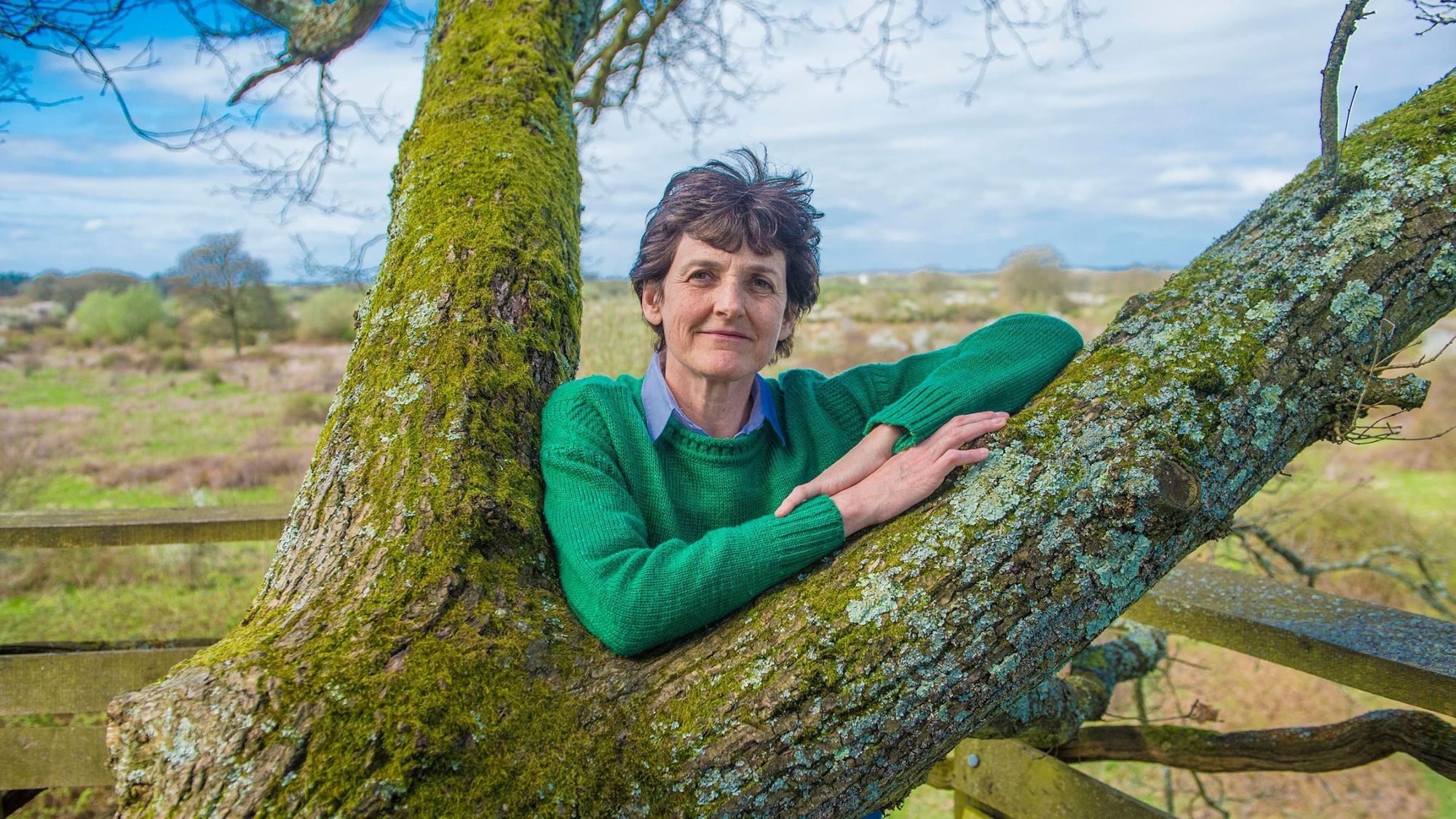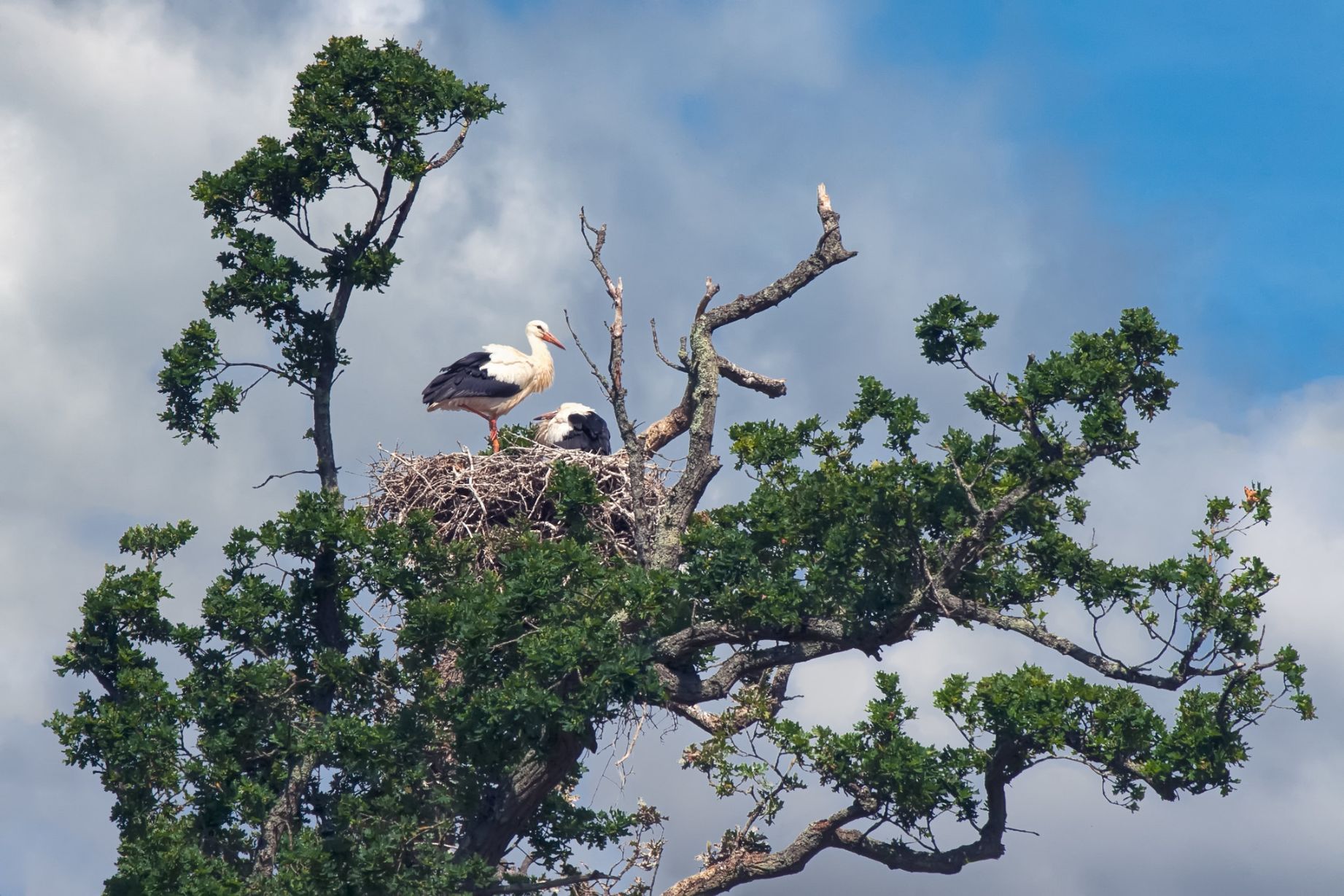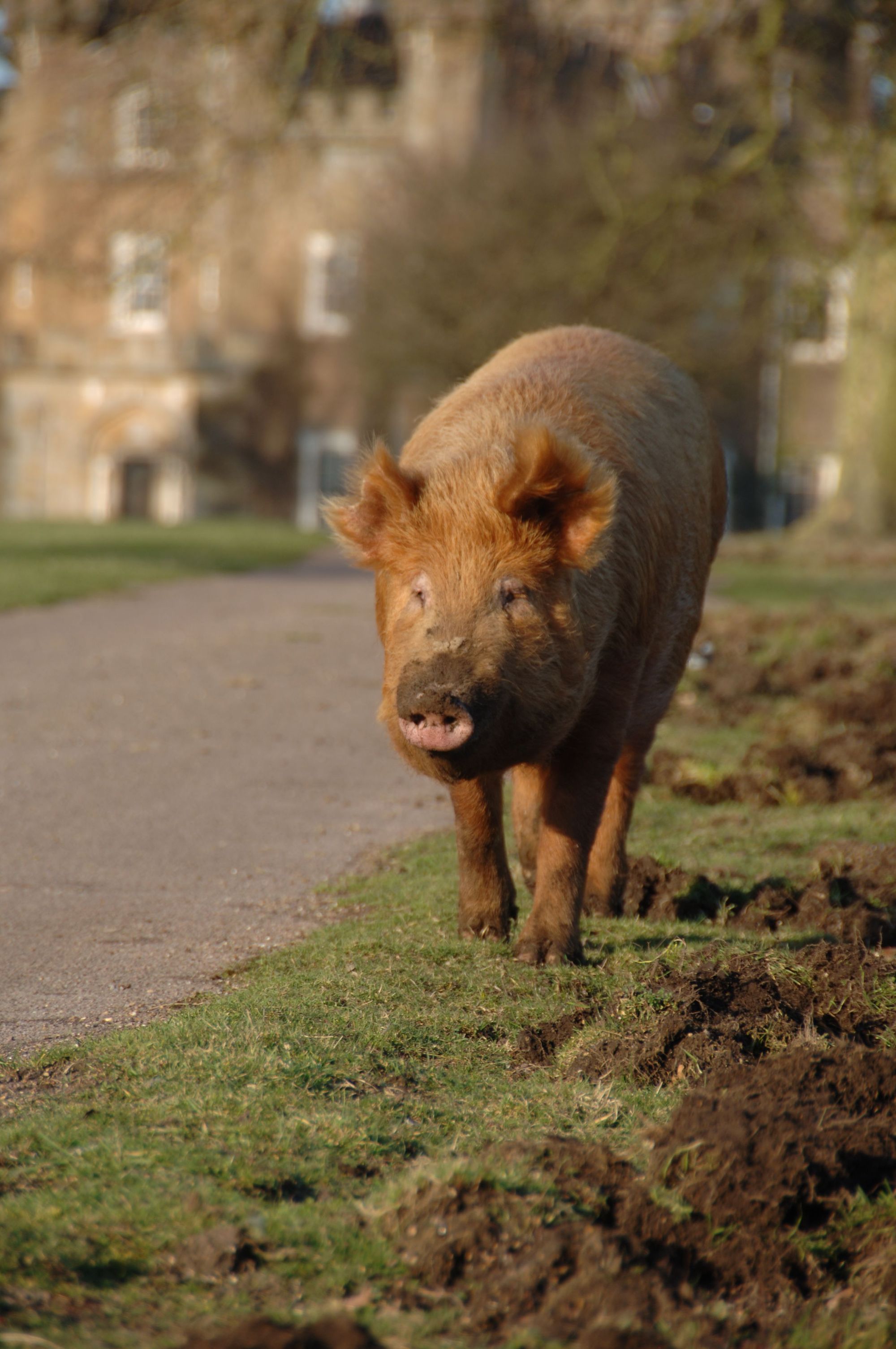In her landmark ecological book Wilding, Isabella Tree writes that “we have been persuaded by our own absorption" that the nature we see in Britain today has been here forever. That the hills have always been void of trees, and the flora and fauna is as it should be. “We believe the countryside around us, or something very similar to it, has persisted for centuries and the wildlife within it, if not exactly the same, is at least a fair representation of what has been here for centuries,” she writes. “We are blinded by the immediacy of the present.”
An award-winning writer (and fine example of nominative determinism) Isabella Tree lives with her husband, conservationist Charlie Burrell, at Knepp in West Sussex. Over the past 20 years the couple have overseen the transformation of the 3,500 acre estate from a space once used for intensive farming into an area that with “minimal human intervention, and with herds of free-roaming animals stimulating new habitats” is now heaving with life. It's now home to rare species from nightingales and purple emperor butterflies to turtle doves.
If it's not functioning, it becomes harder to think of a landscape as beautiful, because you know that something is wrong.
Tree has also just released a children’s book, When We Went Wild, aimed at reinforcing kids’ natural instincts. “Children naturally get rewilding,” Isabella says, speaking over video call from Knepp. “They get nature, they get messiness and weeds. It’s all an adventure - but that gets ironed out of us as we grow up.”
Those who have read Wilding may be unsurprised that a children’s book followed. Wilding tells the tale of Knepp’s rewilding, but also explores how generational views on nature differ, and in particular, how modern conservation projects tend to be “blinded by the immediacy of the present”. We forget, as Dutch conservationist Frans Vera puts it, that “in a world completely transformed by man, what we’re looking at is not necessarily the environment wildlife prefer, but the depleted remnant that wildlife is having to cope with.”
This is a symptom of shifting baseline syndrome, a term which describes a gradual change in accepted norms for our natural environments and ecosystems, largely driven by a lack of experience or knowledge over what was present in the past.
Shifting baseline syndrome is something that rewilding looks to reverse.

“I grew up having wonderful walks with my parents on the South Downs, which are bald hills - unnatural, really - but I thought they were beautiful,” says Tree. “Now I look and see how it's overgrazed and losing topsoil rapidly. There’s hardly any wildlife, either, but there's still a part of me that is nostalgic for that because I grew up with it and I was very happy in that landscape.
“I think we have to let go of that nostalgia and think about what we’re looking at when we consider something beautiful. If it's not functioning, it becomes harder to think of it as beautiful, because you know that something is wrong."
Allowing nature the space and freedom to express itself doesn’t conform with that rigid, target-led mentality.
Isabella does believe, however, that public perception is shifting in this direction.
“I think we’re beginning to see that our landscapes today are devoid of life,” she says. “This aesthetic we've micromanaged, with hedges clipped to within an inch of their life, isolated woods with linear edges and monocropping, it’s not the safe, secure landscape that we might think it is. It's actually very vulnerable to climate change - and to pollution and to soil degradation.”
The success of the self-sufficient land at Knepp has captured the imagination of many, but hurdles remain, says Tree, not least the set up of current conservation funding models. Central to rewilding is a hands-off approach, allowing nature to take the reins. This clashes with tick-box funding models.

“We’re seeing this with tree planting,” says the writer. “The system is geared up for targets, so you’re seeing that method of spades in the ground and guaranteed trees per hectare. Actually, we know that to give trees the best chance to survive climate change, pollution and disease, and to provide biodiversity, we need to allow for natural regeneration wherever possible. But how do we measure that? Allowing nature the space and freedom to express itself doesn’t conform with that rigid, target-led mentality.”
In their "10 golden rules for restoring forests", the Royal Botanic Gardens, Kew, write that not only is it cheaper, but that carbon capture can be 40 times greater in naturally regenerated areas than in plantations. The tide is turning, though, in great part down to the heightened interest in and need for carbon capture projects. “We are now looking at land management schemes and payments for ecosystem services,” says Tree. “I think that’s going to change our landscapes."
A functioning soil is going to be the answer of how we sequester carbon.
One area which Tree still believes to be overlooked is soil. In Wilding, she writes: “82 percent of carbon in the terrestrial biosphere - that is, the part of the earth’s land surface including the adjacent atmosphere where life exists - is in the soil.”
I ask the writer about the potential of soil for capture. “Particularly with trees as a carbon sink, we've lost the plot a little bit," she says. "We're only looking at carbon storage in the physical tree. We're not looking at the soil the trees are standing in and how that functions - which is poorly if you've planted them and sprayed the ground with glyphosate several times, and they’re imported saplings and so on.

“A functioning soil is going to be the answer of how we sequester carbon - whether that's in regenerative agricultural systems or whether it's in wild areas under rewilding. We've lost touch with the soil. It became dirt that we just added things to in order to make it productive. We have to take responsibility for the fact that we made an unbelievable mistake in the 1950s and 60s and we went down completely the wrong trajectory. We've got to go back to understanding the soil, but the Titanic is turning, and that’s exciting - regenerative farmers all over the world are understanding how you can farm more profitably and restore soil.”
Perhaps it’s this strain of rewilding that people find so appealing - no, not the soil, but the hope. Rewilding has a tendency to leave people wide-eyed and optimistic in a world where the news can so often fill you with dread. This is far from lost on Tree, who hopes her children’s book can prove similarly inspiring.
“We're dumping a lot of responsibility on the shoulders of children at the moment,” she says. “The headlines around the environment are dire, and they're being taught about this in schools, which is great, but that causes a lot of eco-anxiety because as a child, how do you turn around something of such enormity? Rewilding shows us that nature bounces back incredibly quickly if you let it. That it's really forgiving, and I think that's a galvanising message; a message of hope.”
You can buy Isabella Tree's When We Went Wild or/and Wilding from Bookshop.org. Lead illustration (top) by Nik Martin.
This article contains affiliate links. Which basically means we make a little commission if you click through and buy something. It doesn’t cost you anything, and it just means we can do more good things in good places.

